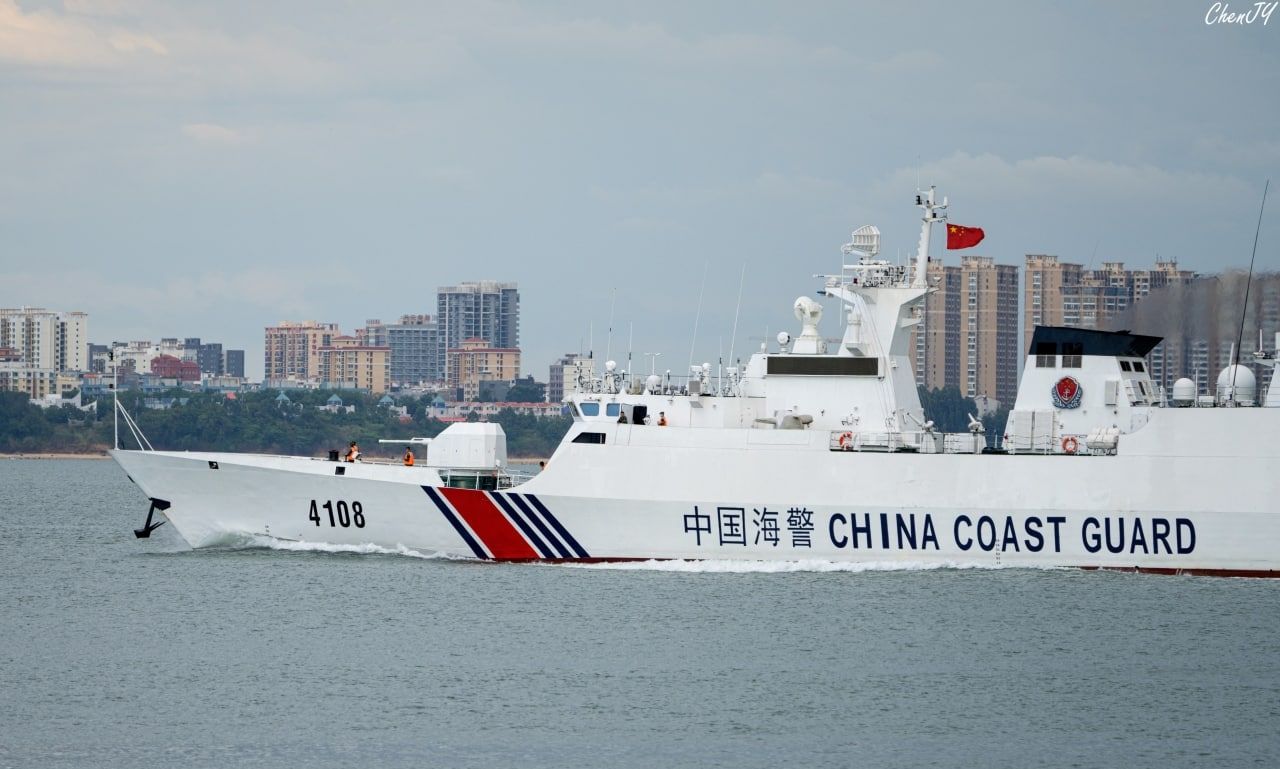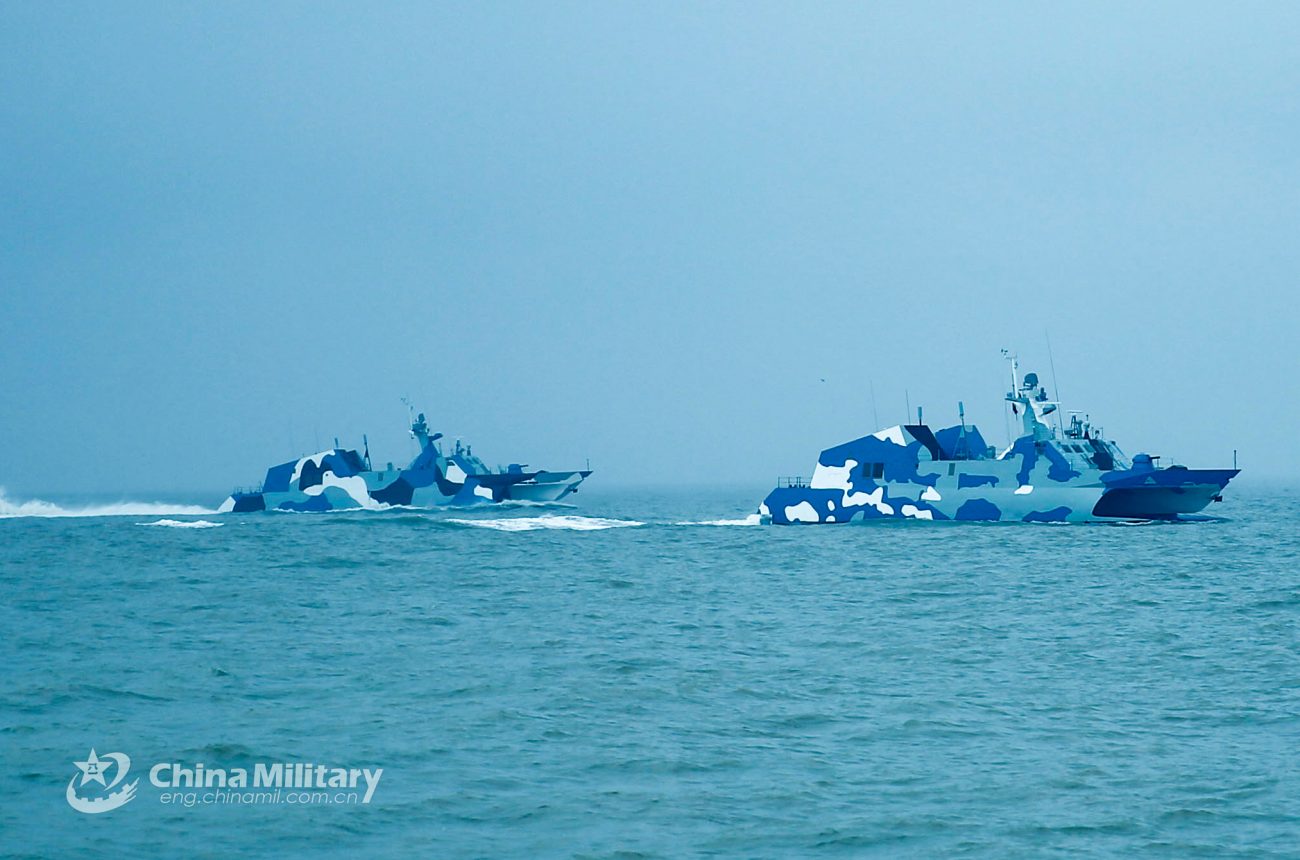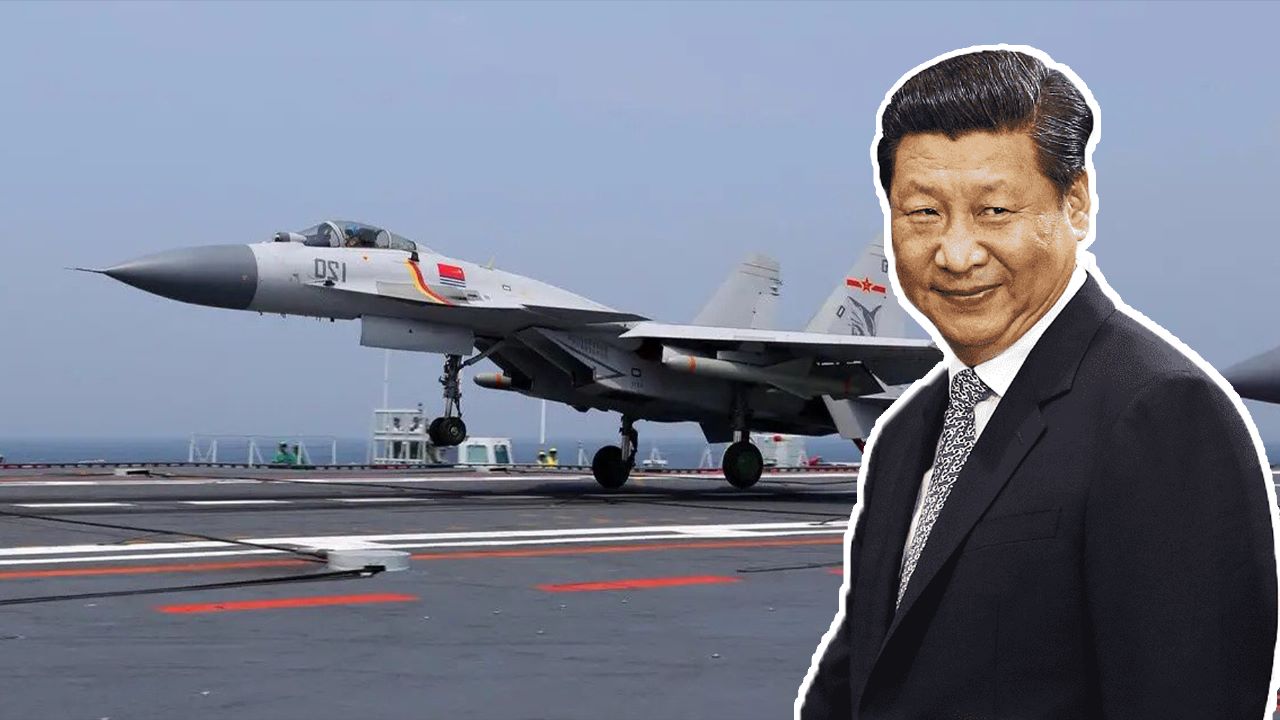OPED By Gurjit Singh
Chinese efforts to scale up their intrusions and aggressive intent in the Indo-Pacific are causing further consternation. Recent action around Taiwan, around the Senkaku islands in the East China Sea, against the Philippines in the South China Sea and in the Indian Ocean region show a rising intensity and an unwillingness to follow the tenets of a code of conduct, which they have been negotiating with ASEAN for over two decades.
The Indo-Pacific strategies of India, Japan, Australia, and the US want to keep the region free and open for international navigation and commerce. The US Indo-Pacific strategy also tries to restrain Chinese influence in the region. This includes using diplomatic and economic measures to challenge China’s hegemony and efforts to prevent China from establishing permanent bases in the region.
This strategy has not been entirely successful. With the November election quickly approaching, the Biden administration’s dedication to the Indo-Pacific will face opposition from a larger number of Chinese activities that challenge the region’s freedom and openness.
These efforts emerge from China’s Blue Dragon strategy. The Chinese aim to expand their influence and strategic reach across land, seas, and oceans through this strategy.
This strategy has military connotations and complements the Belt and Road Initiative (BRI), an economic and infrastructure challenge. It involves increased connectivity, a rising Blue Water Navy, and a willingness to intrude into the countries and waters of the region.
China seeks to dominate the security of the Indo-Pacific, restrict freedom of navigation, and consequently impact trade across the region. The Blue Dragon strategy includes challenges to Taiwan, Japan, the ASEAN countries within the 9-dash line, India, and the Indian Ocean region.
While this appears to be a well-thought-out overarching strategy, each of the targeted countries is approached independently and according to local circumstances.
Professor Patrick Mendis, US diplomat-turned-academic, explained the Blue Dragon strategy succinctly: “The blue dragon, Glaucus atlanticus, is a type of mollusk or sea slug. It is found in the Atlantic, Pacific, and Indian oceans in temperate and tropical waters throughout the world. They may be small and beautiful to behold but have a vicious sting. Not exactly the Chinese strategy, but the viciousness towards fellow sea creatures defies comparison.”
According to Mendis, Chinese interest is in the East China Sea, where it clashes with Japan; the South China Sea, where it opposes claims by ASEAN countries, and the Indian Ocean, where it copes with Indian influence.
China raised claims through reclaimed and artificial islands, which it tried to claim larger exclusive economic zones and prevent the transit of normal trade and commerce in violation of the United Nations Convention on the Law of the Sea (UNCLOS).
China has armed small islands in the South China Sea and developed them into military bases. Their infrastructure includes coastal radar, missile bases, and runways. These bases have made the deployment of China’s aircraft carriers in the South China Sea redundant because these fixed bases can undertake the same activity.
The Blue Dragon strategy involves China’s claim over islands and waters within its conception of the nine-dash line, now referred to as the 10-dash line, since the release of new maps in August 2023.
This has led to China claiming almost 90% of the South China Sea as its own. Armed with its Coast Guard law, China supports vessels undertaking IUU (illegal, unreported, and unregulated) fishing in the EEZ (exclusive economic zone) of other countries forcibly, if necessary, with the backing of the Coast Guard.

Further, the aggressive Chinese Coast Guard intrudes into areas where ASEAN countries may want to service their maritime outposts. In the case of Vietnam, the contention has been contained by Vietnam undertaking quiet diplomacy and not challenging China.
In recent years, President Ferdinand Marcos has reversed the docile policy of the Rodrigo Duterte period and now challenges Chinese intent in its islands. The Philippines has also renewed its alliance with the United States and strengthened its partnership with Japan.
The 10-dash line also covers waters around Malaysia and Brunei. However, they do not challenge China in the least and comply with Chinese flotillas going in and out of their waters without challenge or protest.

Taiwan is the fifth claimant of certain islands in the region. It conflicts with China because it believes that Taiwanese leaders are seeking independence backed by the USA, a tendency that China aims to curb aggressively.
Indonesia was not traditionally a victim of the 9-dash line. Its efforts to pretend that there was no problem with China in the early years of President Joko Widodo Jokowi’s first term were met with Chinese intrusions by fishing fleets backed by the Coast Guard in the Natuna Sea, though not onto their islands.
Indonesia took symbolic measures, such as Jokowi holding a cabinet meeting on a warship in the Natuna Sea. The fledgling Indonesian Navy’s efforts to curb Chinese fishing in its waters have not been effective, and China remains dominant.
Sri Lanka and Maldives are other segments of the Blue Dragon strategy, as they provide avenues for China to go through the South China Sea to the western Indian Ocean.
While Chinese bases in Myanmar are anticipated, Gwadar, at the end of the China-Pakistan Economic Corridor in the Arabian Sea, is not yet fully ready. It is the ports of Sri Lanka and Maldives where Chinese ships, submarines, and ‘research vessels’ frequently dock, particularly around the time when India is undertaking missile or rocket tests.

The facilities granted by Sri Lanka and Maldives are too close for comfort for India and diplomatic efforts to get these countries to see India’s point of view have not always been successful. India prefers fair economic opportunities from these countries instead of aligning with China. At the same time, Sri Lanka and the Maldives should not become overly reliant on China to the extent that it threatens Indian security interests.
How Sri Lanka and the Maldives respond to India and China is largely a function of the government of the day. President Ranil Wickremasinghe of the interim government of Sri Lanka tries not to annoy India without really stopping Chinese activity. The Maldives government, on the other hand, not only allows Chinese activity but uses it to spite India.
It is to the credit of Indian diplomacy that reactions have been mature. One example is Prime Minister Narendra Modi’s invitation to President Ranil Wickremesinghe of Sri Lanka and President Dr Mohamed Muizzu of Maldives to India for his swearing-in.
- Gurjit Singh is a former Ambassador to Germany, Indonesia, Ethiopia, ASEAN, and the African Union Chair, CII Task Force on Trilateral Cooperation in Africa, Professor, IIT Indore. VIEWS PERSONAL OF THE AUTHOR
- Follow EurAsian Times On Twitter (Now X)





